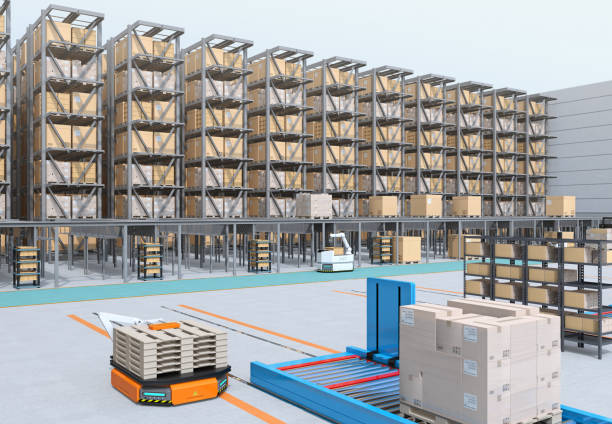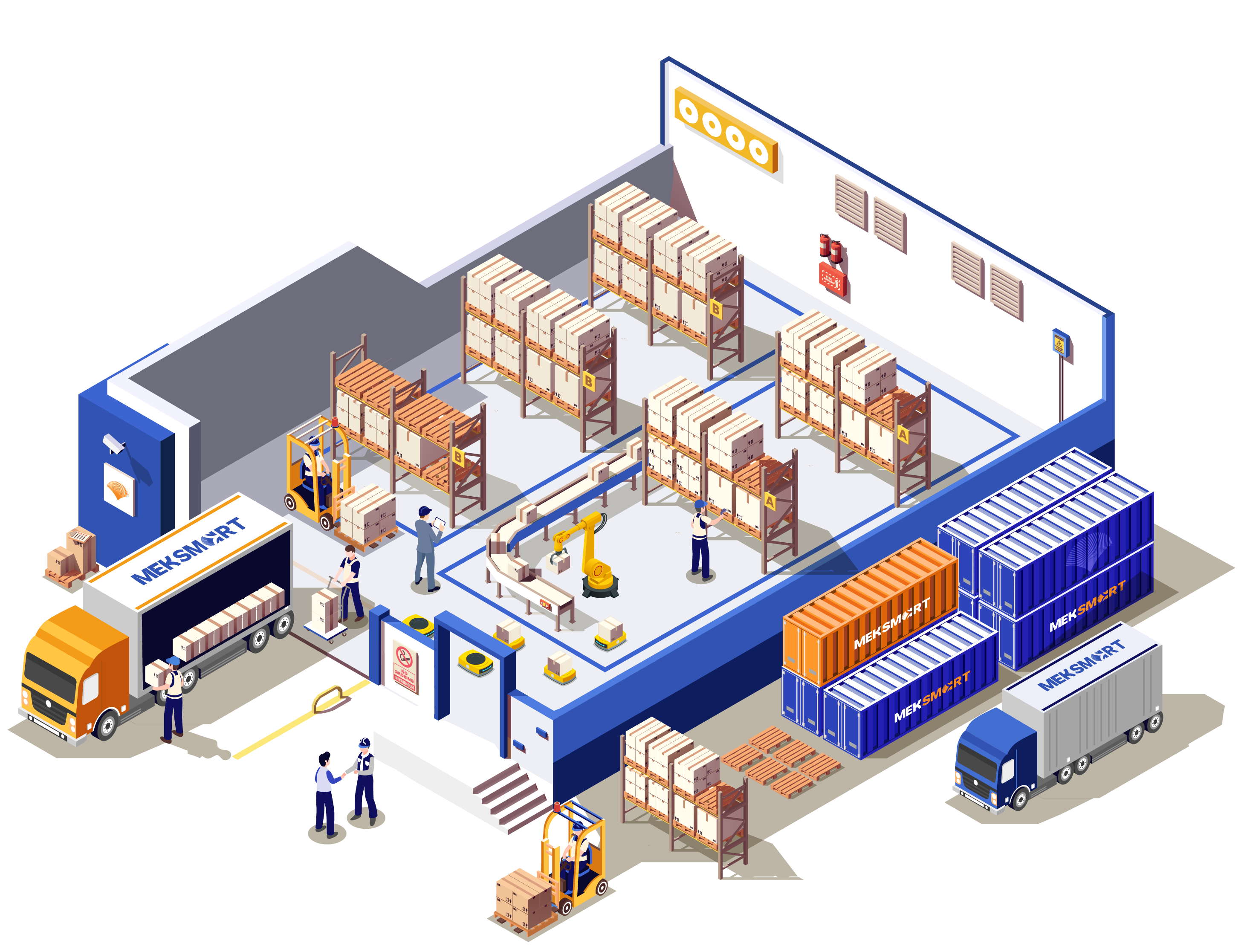MEKSMART
GENERAL NEWS
Author: Meker Meksmart
Update: 25/11/2022
TOP EFFECTIVE WAREHOUSE MANAGEMENT EXPERIENCE
Effective warehouse management is a painful problem for many different businesses. One of the problems that many businesses face is to solve the problem of deviating the number of goods in stock.
This problem easily leads to the loss of goods and products, affecting the net revenue of the business. So the question is how to manage the warehouse effectively. Find out right in the following content.

How to manage your warehouse effectively?
- Streamline and smart warehouse placement
One of the first things you pay attention to be able to manage the warehouse effectively is to pay attention to the layout of goods in the warehouse.
Goods when arranged in a logical and scientific order will facilitate retrieval of information when searching more quickly and efficiently, saving time in warehouse management operations.
The current common situation is that many entrepreneurs do not focus on arranging and arranging products in stock. This can easily lead to wasted time searching, which can even create tension between warehouse staff and management.
To be able to solve this situation, business owners and warehouse managers need to pay attention to the following points:
Sort goods based on relevance and search level e.g. sort by frequently accessed items and less-used items.
Need to be consistent in the way goods are arranged in the warehouse.
It is also important to clearly inform all employees so that they can understand the rules for displaying or arranging goods in stock.
- Check information related to warehousing and export thoroughly
The deviation in the number of products or goods usually occurs at the stage of importing and exporting goods to the warehouse. The problem often comes from human error because of inexperience in warehouse management, leading to the wrong tally or the wrong import/export of the number of goods in the warehouse.
Therefore, to be able to solve this problem, managers or staff in charge need to check import and export information thoroughly, at least 2 times/week.
Accordingly, it is necessary to compare and compare with transfer slips. If there is a match, the new goods should be officially transferred to the warehouse.
Besides, transferring goods to the warehouse should be consistent before entering/exiting the warehouse. This will help avoid the problem of goods being delivered to/from which warehouse staff cannot grasp the situation.
- Labeling goods
Besides arranging goods in the warehouse, businesses also need to put labels on the goods in stock. This will make finding inventory faster and more efficient. Besides, the inventory of goods will also be made more accurate.
- Periodic inventory check-in
One of the other things that businesses should do is to periodically check the inventory at least once every 1 month to be able to compare whether the actual data in the warehouse matches the data recorded on the document or not.
- Handing over warehouse staff responsibilities
In many businesses today, management can be divided into different tiers to help management become stricter and more effective.
The fact that you hand over responsibility to warehouse employees will help increase their awareness and work ethic. From there, the work will be able to be taken seriously, avoiding unnecessary losses of goods in the warehouse.
- Use effective warehouse management software
Thanks to the great advancement of science and technology, software service providers have launched smart warehouse management software. One of the popular software today is Meksmart software.
This digital solution brings all the necessary features to help businesses operate warehouse management activities effectively. Not only that, but this software also has the ability to integrate with software in the effective inventory tally of many different parties such as accounting, sales, etc…
The use of warehouse management software will be able to limit human-caused errors and automate calculations as well as warehouse management activities. One of the other highlights is the ability to provide real-time reports on warehouse activity.
As a result, the results obtained become more transparent, helping managers to make the right strategic decisions appropriate to the business situation.











